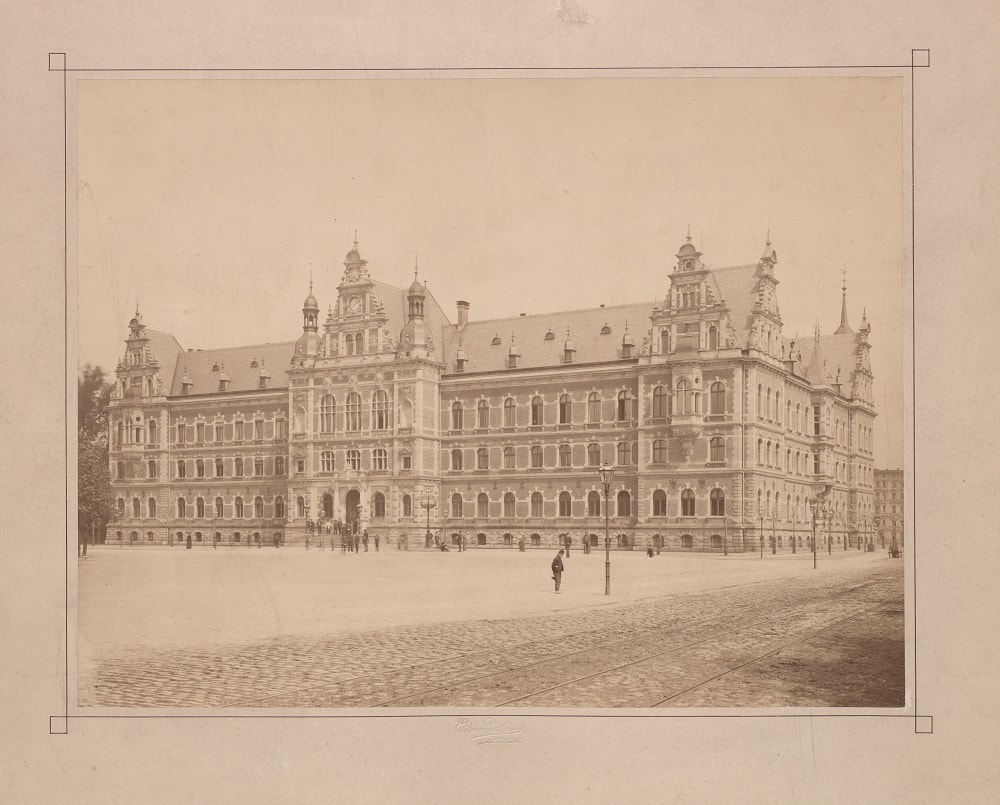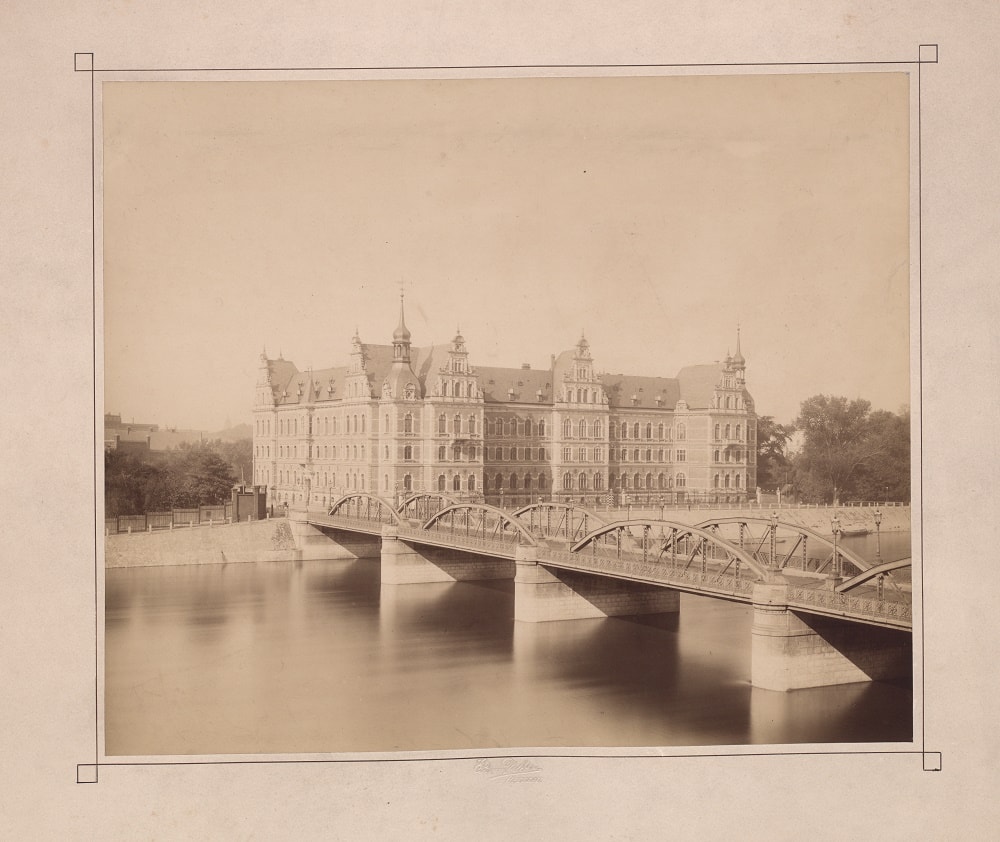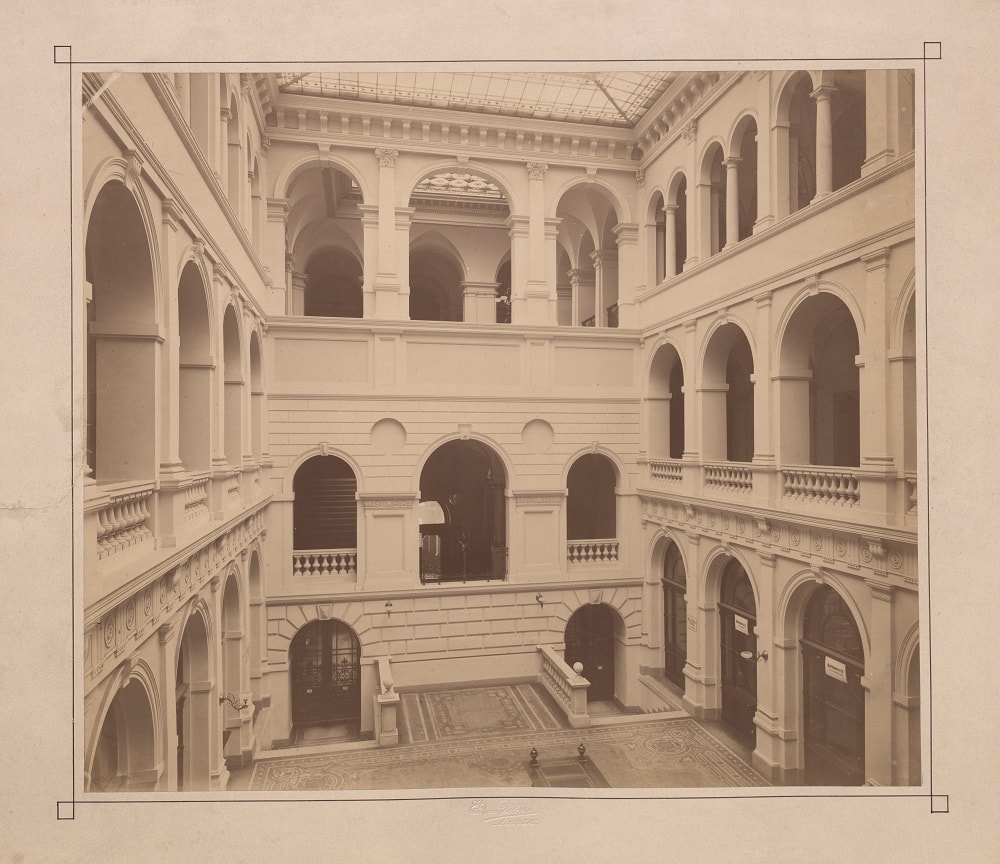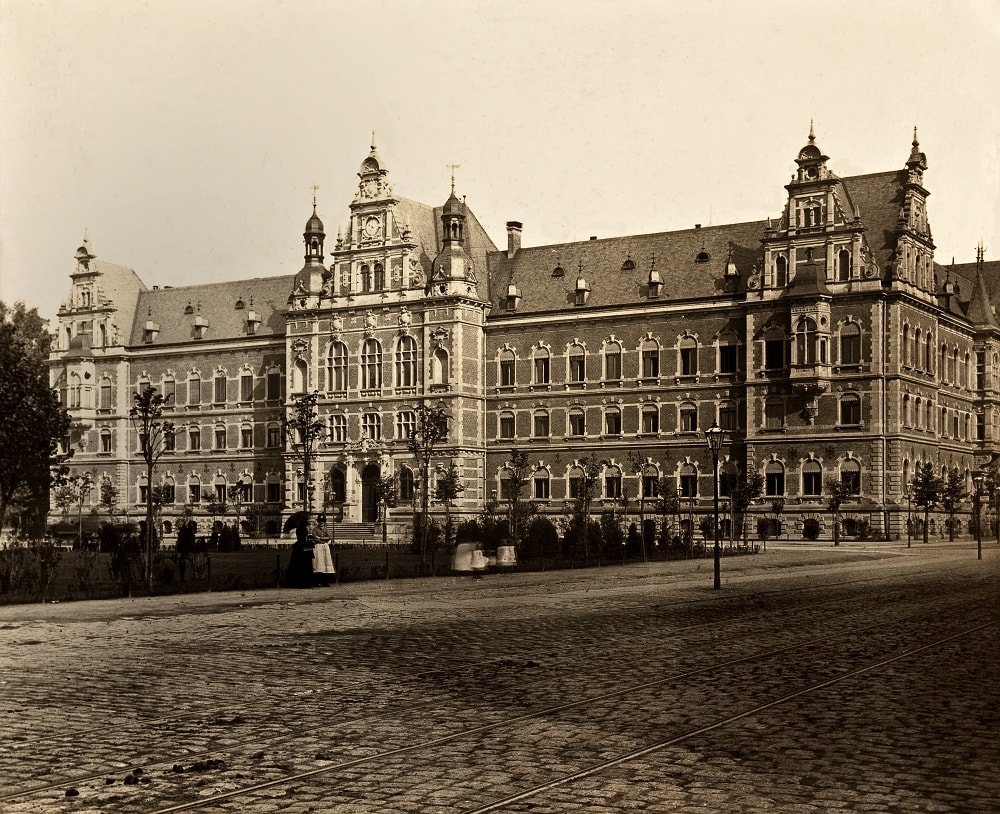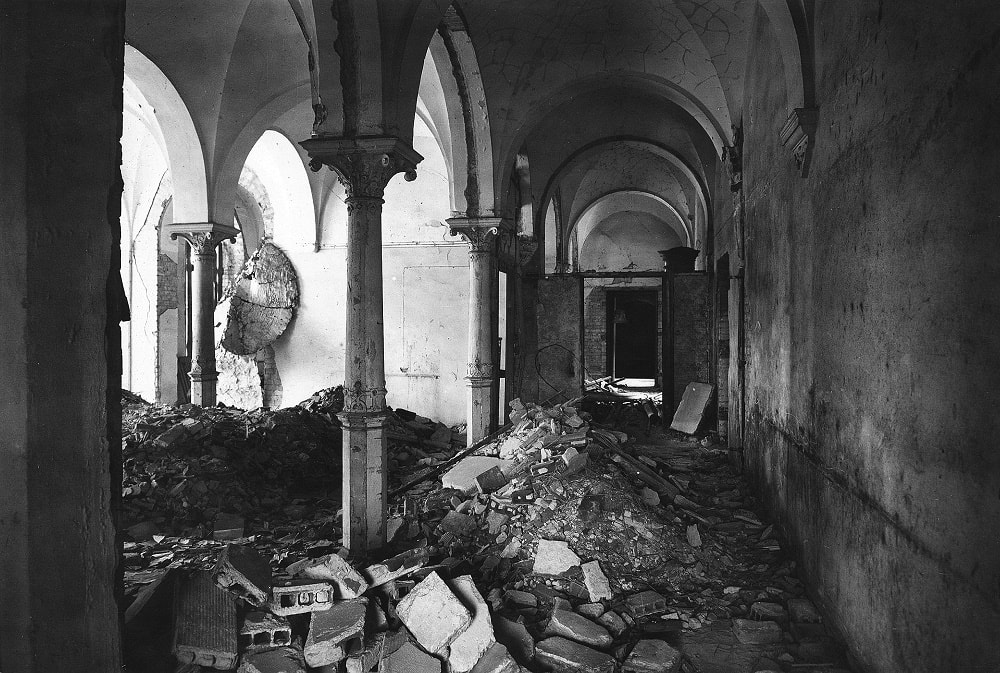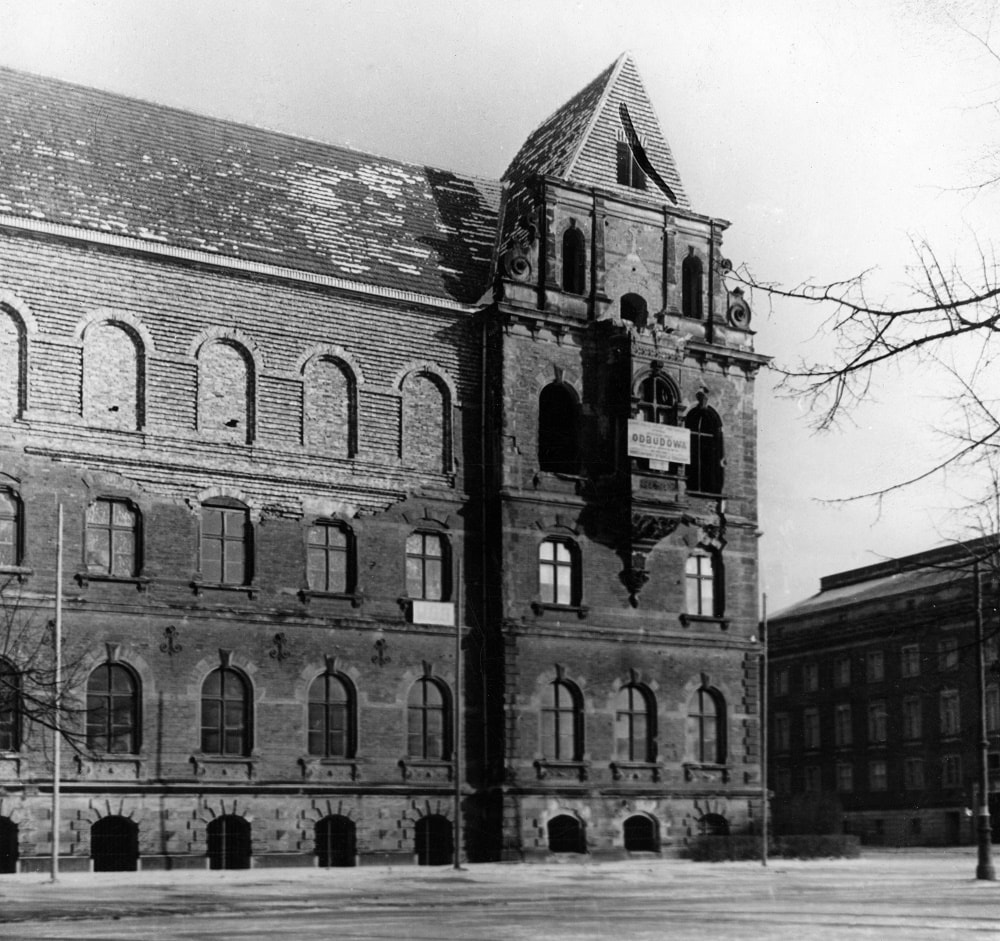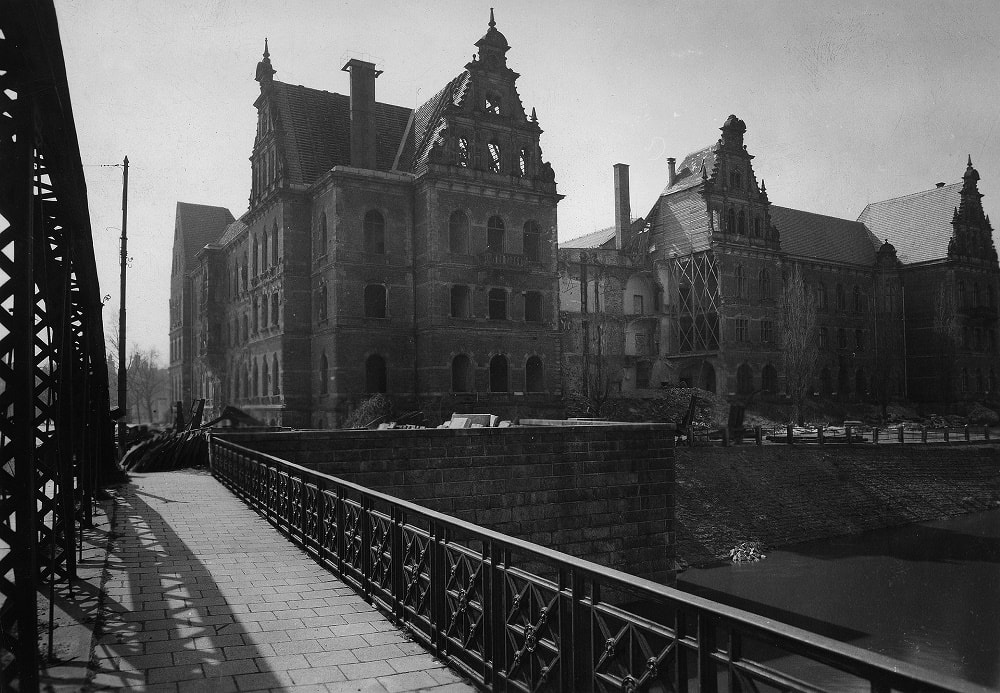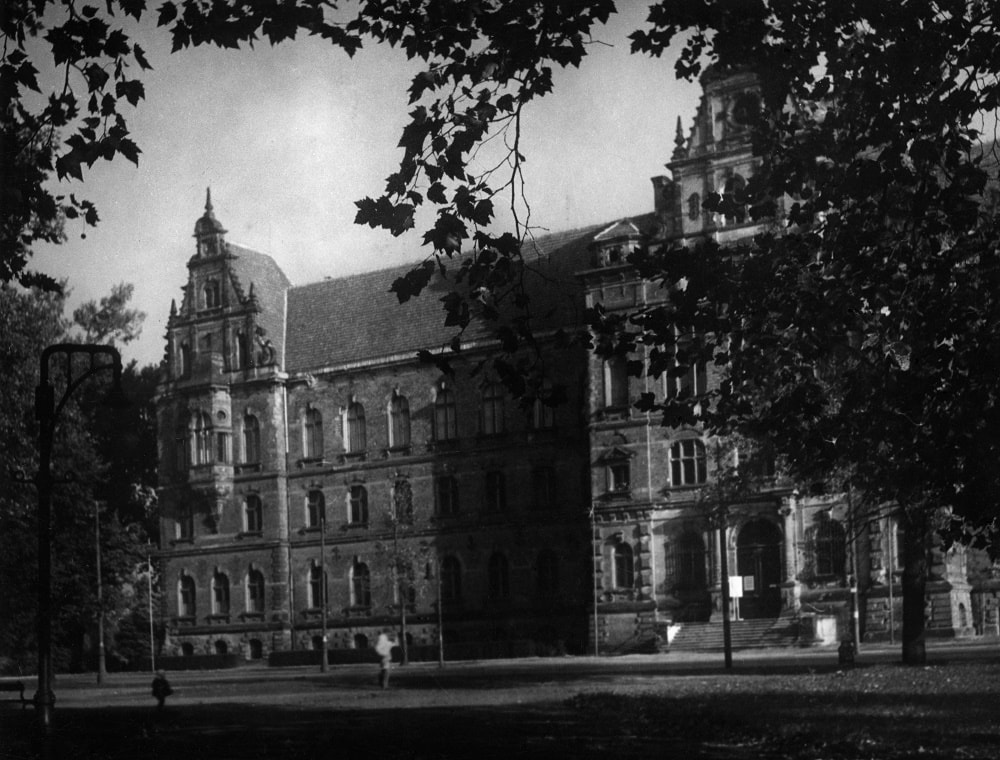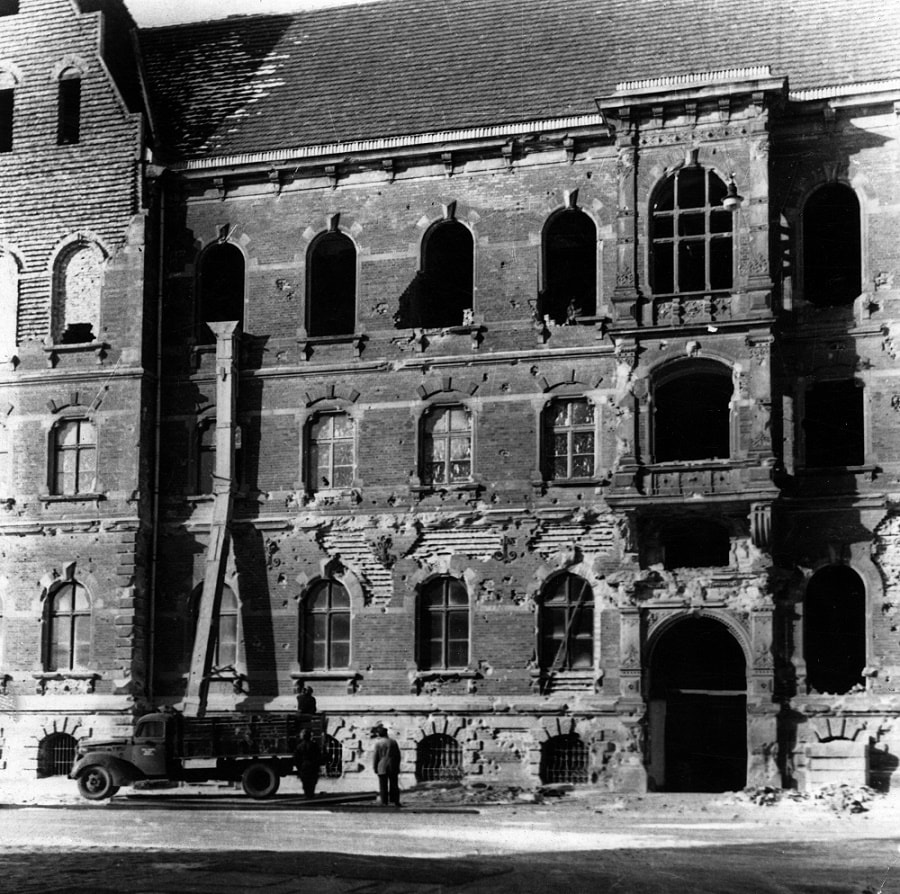The National Museum in Wrocław is regarded as one of the largest and most important museums in Poland. It was established in 1947 as the State Museum, and the official opening took place on 11 July 1948. Two years later the name was changed to Muzeum Śląskie [the Silesian Museum] and under that name the institution continued functioning for the next twenty years, up to 1970, when it was promoted to the rank of the National Museum.
The building which now houses the National Museum in Wrocław has a picturesque location on the south bank of the river Odra, between the stretch of the embankment named after the prominent Polish sculptor Xawery Dunikowski and Powstańców Warszawy Square, and was built in 1883–1886 in the style of the Northern Neo-Renaissance. The building was designed by Karl Friedrich Endell (1843–1891), an architect from Szczecin who worked mostly in Berlin. Originally the building was occupied by the Governorship of the Province of Silesia, which at the time was part of the German Empire. After the war, in 1946–1947, the building was extensively renovated and adapted to its museum function.
The collection of the National Museum in Wrocław numbers 200,000 artefacts representative for all the artistic disciplines, from mediaeval Silesian sculpture in stone and wood, Silesian, Polish and European painting, as well as contemporary and modernist sculpture, drawings and prints, to an extensive collection of historical artistic craftsmanship which spans the period from the Middle Ages up to the early 20th century, and finally an extensive library of books and documents. The core of the museum collection is made up of the artefacts originating mostly from Wrocław and Lower Silesia, a large number of which came from the previous collections of the pre-war German museums. The collection also contains some works of art from the galleries in what was then Lwów, which in 1946 [following the change of borders resulting from the war] were transferred to Poland by the Soviet authorities.
